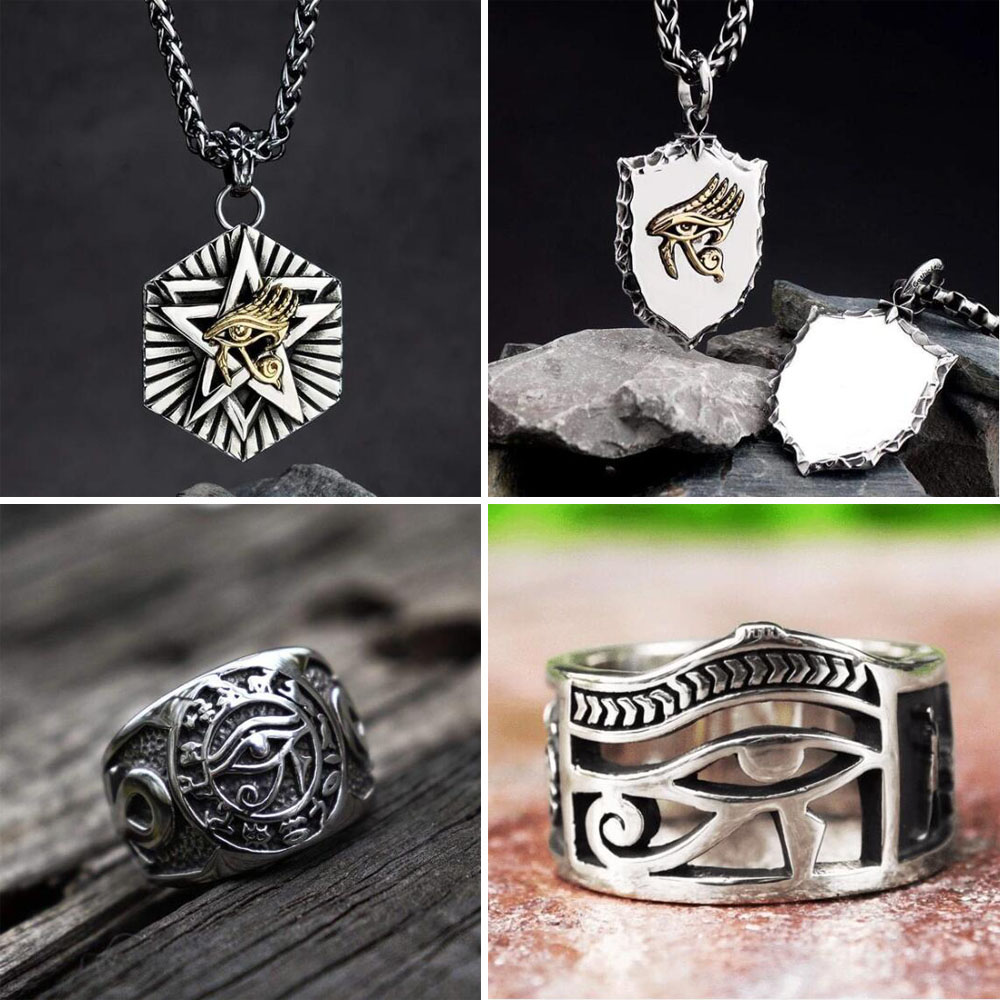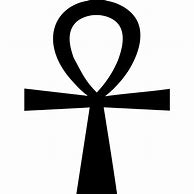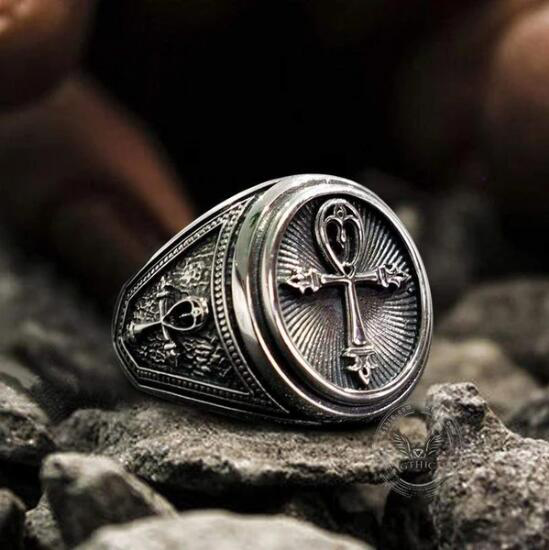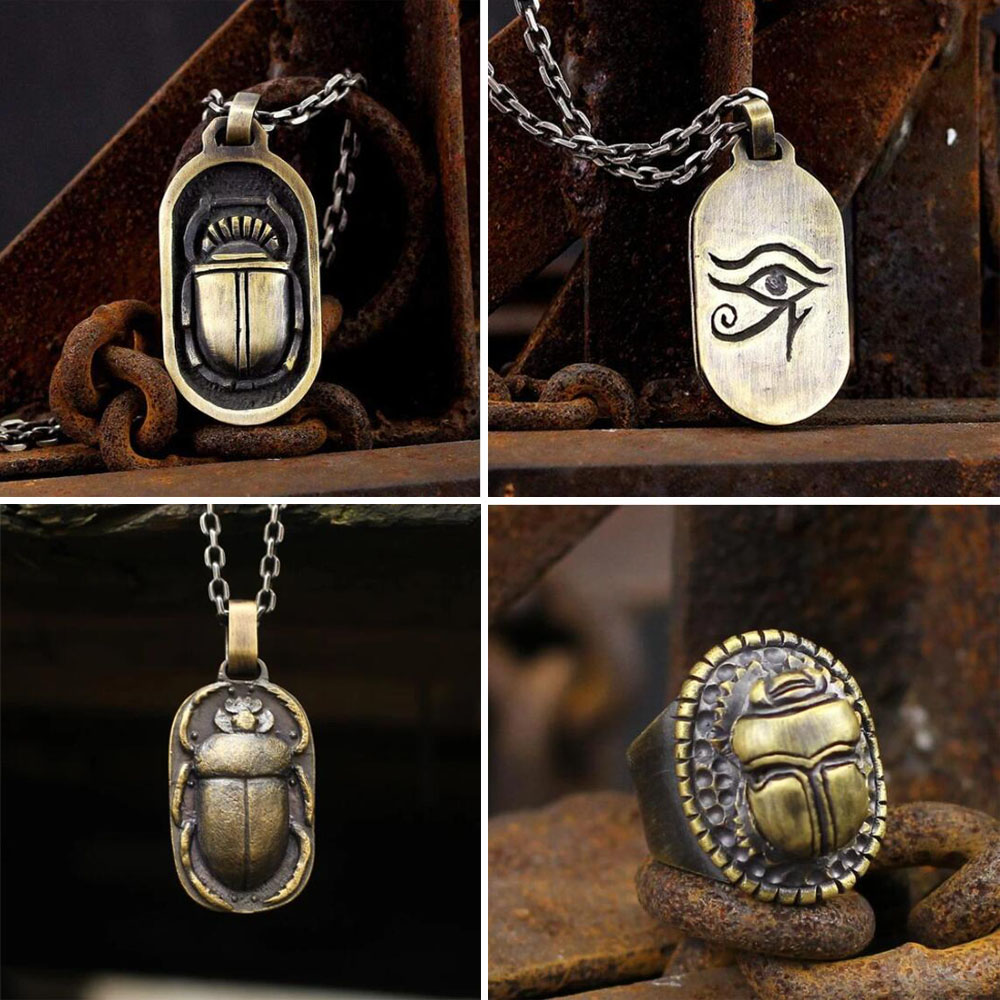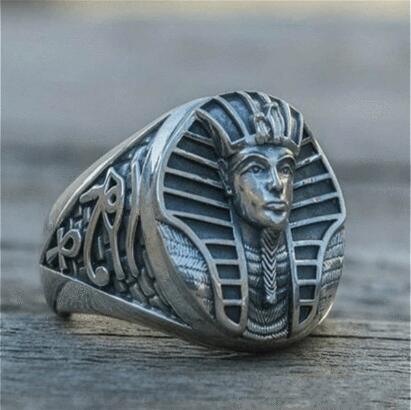What did Egyptian jewelry symbolize?
The ancient Egyptians lived in a society that is considered to be one of the most fascinating in human history. The people of that time gave credence to both the physical and spiritual aspects of their culture in the form of symbols, architecture, art, mythology, and mystical objects that were used to bring protection and fortune. These symbols played a key role in passing cultural knowledge from one generation to the next, as they were written in the form of hieroglyphs on temple walls and obelisks, and used in ancient religious rituals involving both the living and the dead.
Ancient Egyptians loved to adorn their bodies with jewelry. Due to the hot, dry climate, most clothing was simple and lightweight, so jewelry allowed the ancient Egyptians to display their wealth and status as well as protect themselves from evil spirits. Jewelry has played various roles in ancient Egypt. In addition to man’s natural attraction to beautiful items, jewelry had a religious and magical significance in the Egyptian ancient world by protecting the wearer from evil.
There are many important symbols in ancient Egyptian culture. They are given important meanings and played an important role in the lives of ancient Egyptians. These symbols are still widely used in modern society. People use these symbols in jewelry design and make them into rings and necklaces. At the same time, some people will regard these symbols as tattoos, because these symbols symbolize good luck and protection. The following are some important symbols in ancient Egyptian culture.

Horus is the God of Sky and representations from ancient Egypt show him as a man with the head of a falcon. In some hieroglyphs and artistic renditions, he is depicted as the falcon itself. The ancients believed that Horus’s right eye depicted the sun, while his left eye depicted the moon, meaning he had dominion over all of heaven.
In ancient Egyptian symbolism, the Eye of Horus signifies royal power, protection, and good health. In Egyptian mythology, it is said that after the god Osiris was killed by his own brother Set, the god of the desert, storms, darkness and chaos, Osiris' son, the sky god Horus fought with Set to avenge his father's death and to take control of the throne. Horus lost his left eye in this fight. The gouged-out eye was recovered and restored, and Horus offered it to his father Osiris, hoping his sacrifice will completely restore Osiris' life. The Eye of Horus from then on became a symbol of sacrifice, restoration, healing, and protection.
Ankh
The ankh is an ancient Egyptian hieroglyphic symbol that was most commonly used in writing and in Egyptian art to represent the word for "life" and, by extension, as a symbol of life itself. It was especially commonly held in the hands of ancient Egyptian deities, or being given by them to the pharaoh, to represent their power to sustain life and to revive human souls in the afterlife.
Much more recently, the ankh has become a popular symbol in modern Western culture, particularly as a design for jewelry and tattoos. Ankh ring and other ankh jewelry are being widely used.
Scarab (Winged Scarab)
Scarabs were popular amulets and impression seals in Ancient Egypt. The scarab beetle is a common symbol of protection, resurrection, and transformation in many cultures, but most significantly in ancient Egypt where images of the winged scarab abound. Early Egyptians believed in universal truths or spiritual and divine realities that are represented by everyday occurrences in the physical world. They drew parallels between the short life of the scarab beetle, emerging from animal dung and spending their short adult lives rolling feces to feed their young until they finally become ready to spread their wings and fly. This seemingly insignificant natural occurrence reveals a beautiful message of hope for humans especially those living hard physical lives. Death for the Egyptians is a welcome transition from the physical into another realm of existence. The scarab symbol is often placed in the tomb of the departed, to guide them in the afterlife.
Facts About Ancient Egyptian Jewelry
- The earliest evidence of ancient Egyptian dates to 4000 BC
- Ancient Egyptian jewelry is considered to be some of the most breathtaking designs in the ancient world
- Both men and women wore jewelry in ancient Egypt
- They wore a profusion of trinkets in their everyday lives and in their burials
- Jewelry indicated status and wealth and offered protection against evil and curses
- Protection was extended to the dead as well as the living
- Jewelry was thought to usher in prosperity during life and the afterlife
- The most popular semi-precious stone in ancient Egypt was Lapis lazuli, which was imported from Afghanistan
- Thanks to symbolizing rebirth and its supposed magical power the scarab beetle is the most common animal, featured on Egyptian jewelry but rarely appears in its natural black
- Babies were frequently given protective pendants to ward off evil spirits because of the high infant mortality rate
- Gold symbolized the flesh of the gods in ancient Egyptian jewelry.
The materials used in ancient Egyptian jewelry also have special significance.
- Emeralds, which were for immortality and fertility
- Malachite, which promoted healing
- Garnet, which symbolized the extremes of anger and fire, and victory and life
- Turquoise, which symbolized life and happiness
- Carnelian, which was believed to purify the blood, symbolized stability and protection
- Obsidian, which symbolized death
- Amethyst, which denoted royalty
We are so influenced by ancient Egypt's entire history, one of the most dominant civilizations in the world. These cultures are also reflected in modern jewelry design.



